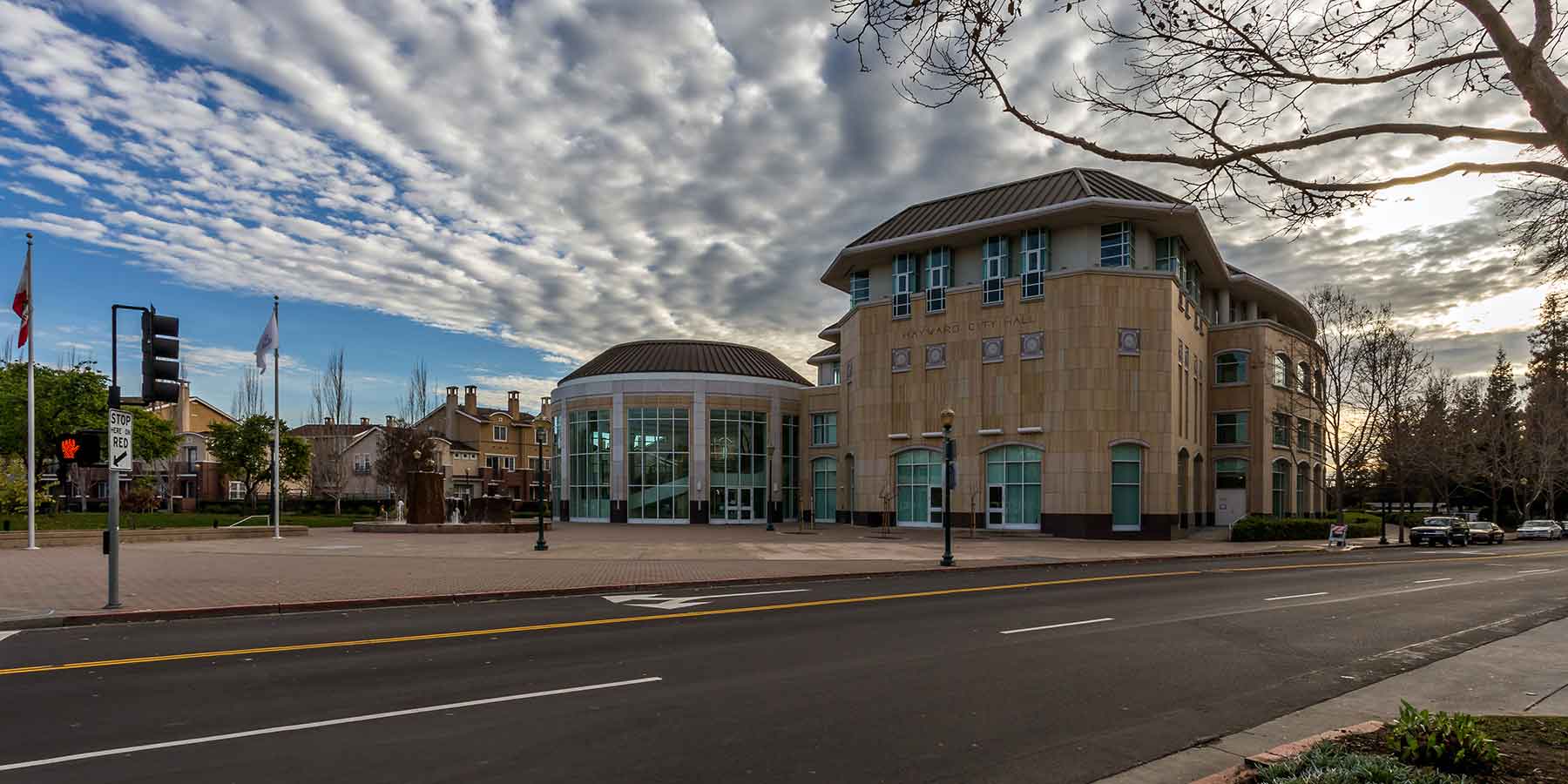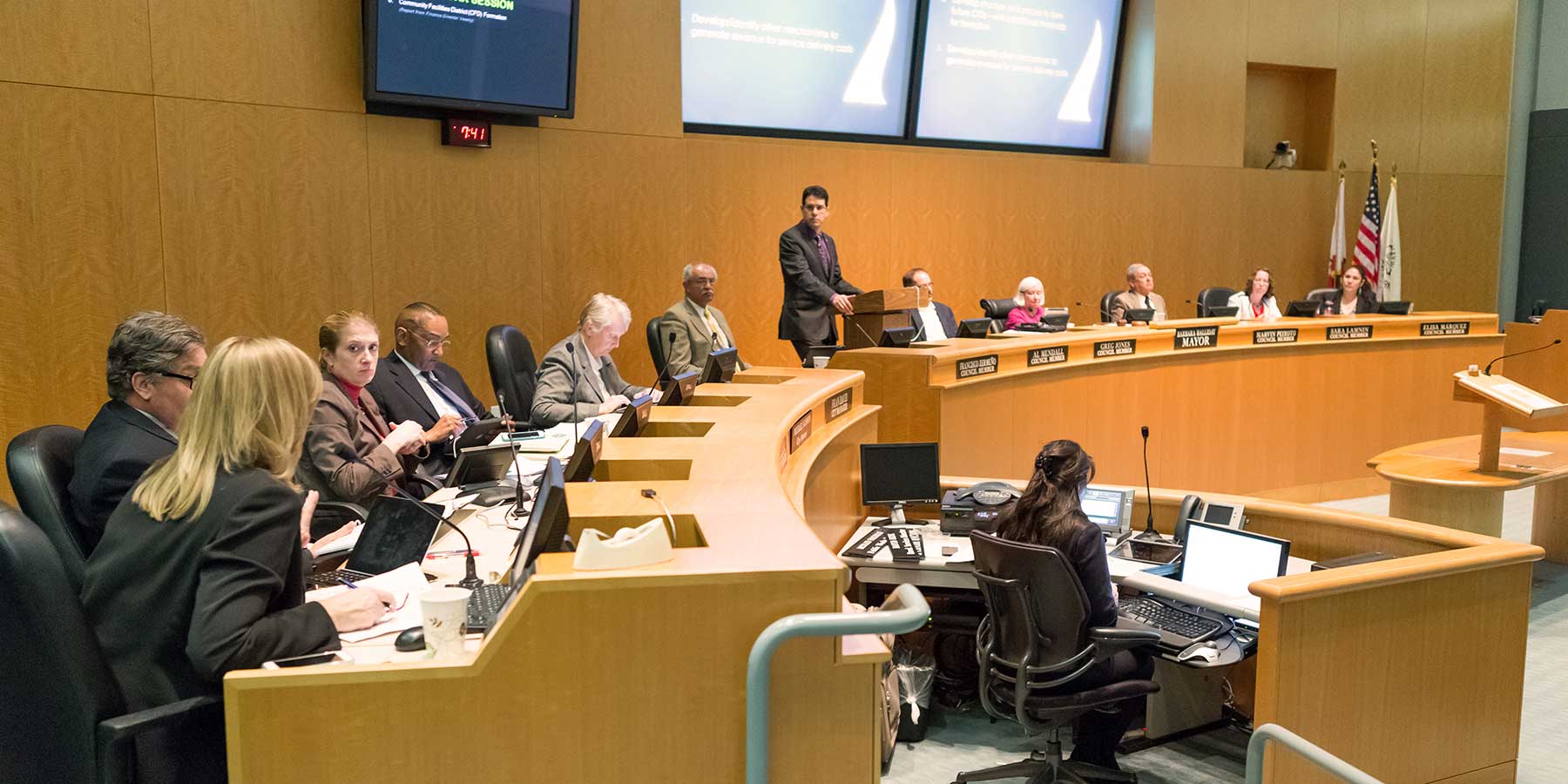The fossil fuel footprint of natural gas (and how to reduce it)

Natural gas is often framed as a “clean” source of energy or a “bridge fuel” that will lead to a carbon-free energy future. However, natural gas is still a fossil fuel and it is a significant source of Hayward’s greenhouse gas (GHG) emissions.
In 2017, natural gas use accounted for 71 percent of Hayward’s GHG emissions from buildings, and just over 20 percent of Hayward’s overall GHG emissions when compared to emissions from transportation, waste, electricity, and off-road equipment.
Natural gas use is primarily associated with water heating, space heating and cooking. One of the most effective ways to reduce reliance on natural gas is to replace gas-burning appliances in residential and commercial buildings with all-electric alternatives. Hayward and cities across the Bay Area, state, and nation are considering building electrification as a key strategy to reduce GHG emissions and mitigate climate change.
All-electric homes and facilities in Hayward can achieve zero GHG emissions when they are powered with East Bay Community Energy’s (EBCE) “Brilliant 100” product, which provides 100 percent carbon-free electricity. The City of Palo Alto has produced a helpful guide for those interested in going electric, which can be found here.
Hayward community members are also encouraged to attend the City’s “Electrify Everything Workshop,” as well as its “EV 101” workshops (hosted in both English and Spanish) to learn more about how they can electrify their homes. The workshops will be taking place this spring at the Hayward 21st Century Library.








